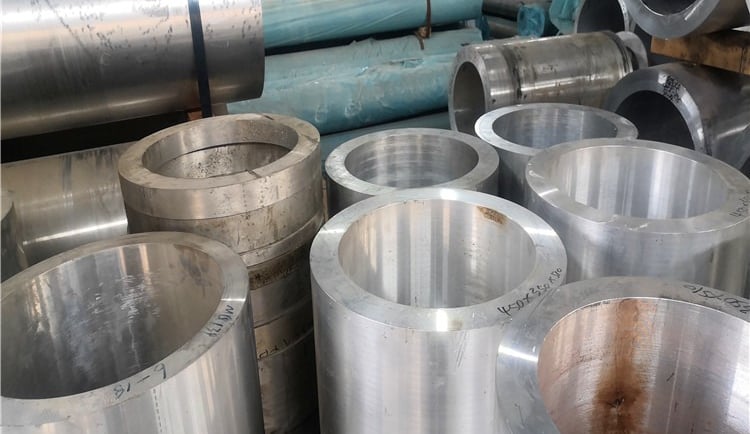Understanding Large Diameter Aluminum Tubes: Applications and Benefits


Introduction to Large Diameter Aluminum Tubes
Large diameter aluminum tubes are a specific type of structural material characterized by an outer diameter exceeding 100mm, and in some cases, these tubes can have diameters greater than 200mm. Their unique properties make them ideal for a variety of industrial applications. In this blog post, we will explore the advantages, applications, and fabrication processes associated with large diameter aluminum tubes.
Advantages of Large Diameter Aluminum Tubes
One of the primary benefits of using aluminum for large diameter tubes is its high strength-to-weight ratio. Compared to other metals, aluminum is significantly lighter while still providing substantial durability. This characteristic reduces transportation costs and makes installation easier, especially in large-scale structures such as buildings, bridges, and aircraft.
Moreover, large diameter aluminum tubes boast excellent corrosion resistance, which is essential in industries where exposure to harsh environments is common. This property extends the service life of the tubes, ensuring that infrastructure investments are protected from deterioration.
Another advantage is the versatility of aluminum in terms of design. Large diameter tubes can be easily fabricated to meet specific engineering requirements. They can be extruded, rolled, or formed into various shapes, allowing for custom solutions for complex projects.
Applications of Large Diameter Aluminum Tubes
Due to their advantageous properties, large diameter aluminum tubes find applications in diverse industries. In the aerospace sector, these tubes are utilized in airframe structures where reducing weight without sacrificing strength is critical. Similarly, in the automotive industry, large diameter aluminum tubes are installed in support frames and exhaust systems.
Another significant application is in the construction industry. Large diameter aluminum tubes are used as columns and beams in modern architectural designs, where they provide both aesthetic appeal and structural integrity. Additional uses include marine applications, where they serve as masts or frames for boats, benefiting from aluminum's lightweight nature and resistance to corrosion from saltwater.
Furthermore, these tubes are becoming increasingly popular for piping and heating systems, where their thermal conductivity is put to good use. Industries requiring large diameter tubing for fluid transport also benefit from aluminum's reduced weight and enhanced durability, enabling easier handling during installation.
Conclusion
Large diameter aluminum tubes are an essential material in contemporary engineering and industrial sectors. Their lightweight nature, durability, and corrosion resistance offer distinct advantages that enhance various applications, making them an indispensable choice for engineers and designers alike. As technology advances, the demand for large diameter aluminum tubes is expected to increase, further solidifying their role in modern manufacturing and construction practices.
